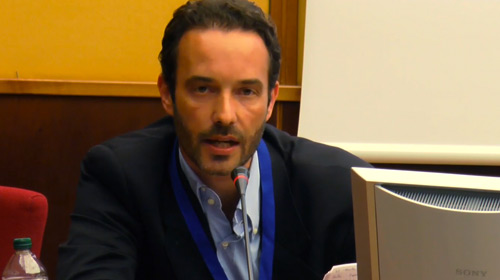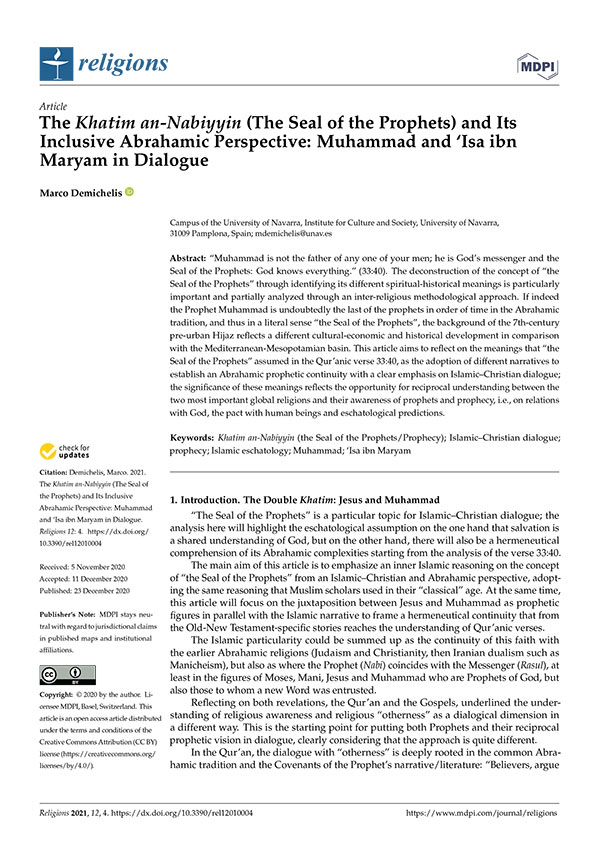
Référence :
Demichelis, M. The Khatim an-Nabiyyin (The Seal of the Prophets) and Its Inclusive Abrahamic Perspective: Muhammad and ‘Isa ibn Maryam in Dialogue. Religions 2021, 12, 4. https://doi.org/10.3390/rel12010004

English

The Khatim an-Nabiyyin (The Seal of the Prophets) and Its Inclusive Abrahamic Perspective: Muhammad and ‘Isa ibn Maryam in Dialogue
Abstract
“Muhammad is not the father of any one of your men; he is God’s messenger and the Seal of the Prophets: God knows everything.” (33:40). The deconstruction of the concept of “the Seal of the Prophets” through identifying its different spiritual-historical meanings is particularly important and partially analyzed through an inter-religious methodological approach. If indeed the Prophet Muhammad is undoubtedly the last of the prophets in order of time in the Abrahamic tradition, and thus in a literal sense “the Seal of the Prophets”, the background of the 7th-century pre-urban Hijaz reflects a different cultural-economic and historical development in comparison with the Mediterranean-Mesopotamian basin. This article aims to reflect on the meanings that “the Seal of the Prophets” assumed in the Qur’anic verse 33:40, as the adoption of different narratives to establish an Abrahamic prophetic continuity with a clear emphasis on Islamic–Christian dialogue; the significance of these meanings reflects the opportunity for reciprocal understanding between the two most important global religions and their awareness of prophets and prophecy, i.e., on relations with God, the pact with human beings and eschatological predictions.
Titre original : “The Khatim an-Nabiyyin (The Seal of the Prophets) and Its Inclusive Abrahamic Perspective: Muhammad and ‘Isa ibn Maryam in Dialogue”
Résumé
“Muhammad n’est le père d’aucun de vos hommes ; il est le messager de Dieu et le sceau des prophètes : Dieu sait tout.” (33:40). La déconstruction du concept du “Sceau des prophètes” par l’identification de ses différentes significations spirituelles-historiques est particulièrement importante et partiellement analysée par une approche méthodologique interreligieuse. Si le prophète Muhammad est sans aucun doute le dernier des prophètes dans l’ordre chronologique de la tradition abrahamique, et donc au sens littéral “le Sceau des prophètes”, le contexte du Hijaz préurbain du 7e siècle reflète un développement culturel, économique et historique différent par rapport au bassin méditerranéen et mésopotamien. Cet article vise à réfléchir sur les significations que le “Sceau des Prophètes” a prises dans le verset 33:40 du Coran, comme l’adoption de différents récits pour établir une continuité prophétique abrahamique avec un accent clair sur le dialogue islamo-chrétien ; la signification de ces significations reflète l’opportunité d’une compréhension réciproque entre les deux plus importantes religions mondiales et leur connaissance des prophètes et de la prophétie, c’est-à-dire sur les relations avec Dieu, le pacte avec les êtres humains et les prédictions eschatologiques.
Original title : “The Khatim an-Nabiyyin (The Seal of the Prophets) and Its Inclusive Abrahamic Perspective: Muhammad and ‘Isa ibn Maryam in Dialogue”
Abstract
“Muhammad is not the father of any one of your men; he is God’s messenger and the Seal of the Prophets: God knows everything.” (33:40). The deconstruction of the concept of “the Seal of the Prophets” through identifying its different spiritual-historical meanings is particularly important and partially analyzed through an inter-religious methodological approach. If indeed the Prophet Muhammad is undoubtedly the last of the prophets in order of time in the Abrahamic tradition, and thus in a literal sense “the Seal of the Prophets”, the background of the 7th-century pre-urban Hijaz reflects a different cultural-economic and historical development in comparison with the Mediterranean-Mesopotamian basin. This article aims to reflect on the meanings that “the Seal of the Prophets” assumed in the Qur’anic verse 33:40, as the adoption of different narratives to establish an Abrahamic prophetic continuity with a clear emphasis on Islamic–Christian dialogue; the significance of these meanings reflects the opportunity for reciprocal understanding between the two most important global religions and their awareness of prophets and prophecy, i.e., on relations with God, the pact with human beings and eschatological predictions.
Resources of this researcher

article
The Khatim an-Nabiyyin (The Seal of the Prophets) and Its Inclusive Abrahamic Perspective: Muhammad and ‘Isa ibn Maryam in Dialogue
Abstract “Muhammad is not the father of any one of your men; he is God’s messenger and the Seal of the Prophets: God knows everything.” (33:40). The deconstruction of the concept of “the Seal of...
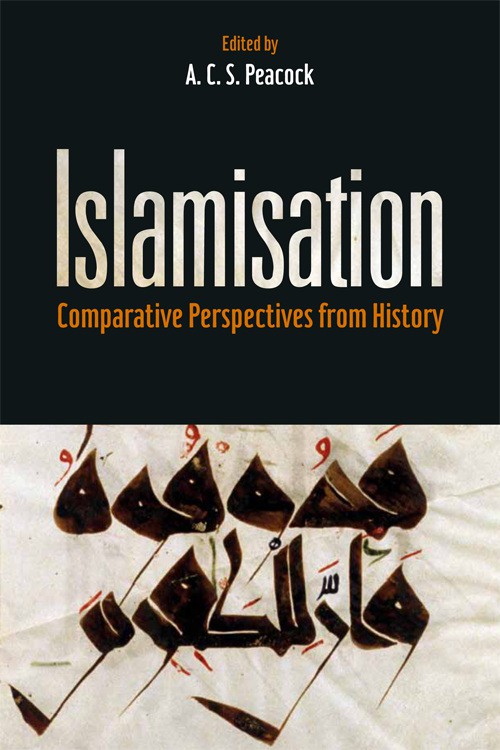
article
The Oromo and the historical process of Islamisation in Ethiopia
Abstract The historical interaction between Islam and Christianity in the Horn of Africa is profoundly connected with the region’s specifi c historical, linguistic and cultural characteristics. ...
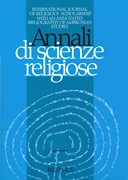
article
The Fate of Others in 14th century Hanbalism
Abstract In a recent publication entitled Ibn Taymiyya’s Theological Ethics, Sophia Vasalou tackles the moral objectivism that Ibn Taymiyya would reworked inspired to the unorthodox thought of M...

article
The Mihna. Deconstruction and reconsideration of the Mu’tazilite role in the “Inquisition
Abstract The Miḥna has usually been attributed to the Mu‘tazilite theological school as expression of something unusual, a bid‘ah (Islamic innovation) related to a rationalist group of theologia...
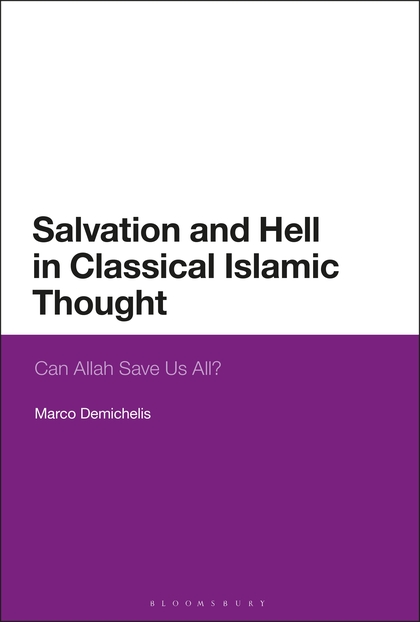
publication
Salvation and Hell in Classical Islamic Thought.
Presentation : Salvation and Hell in Classical Islamic Thought uses classical Islamic sources to trace the development of Islamic eschatology during the formative centuries of Islamic intellectu...

publication
Religious Violence, Political Ends, Nationalism, Citizenship and Radicalizations in the Middle East and Europe
Since antiquity, religious violence based on political motives has been and remains a common practice: the atrocities committed by the Roman Empire against the first Christian communities were quic...

videos
When religion divides the “community”. Dynamics of violence and pacification within Arab Levant
Conference of Marco DEMICHELIS, at the second international Congress of PLURIEL Abstract Since the nineteenth century, the dynamics of inter-religious conflict within the Arab world accentuated...

videos
Presentation of the congress “Islam and Belonging” of PLURIEL
With the voices of members of the Scientific Comittee
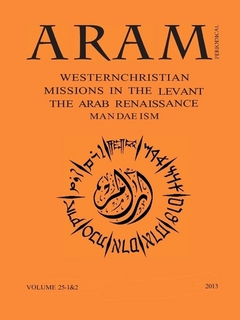
article
The historical debate on secularisation between F. Antun and M. Abduh.
Full title : 'The historical debate on secularisation between F. Antun and M. Abduh. God's absolutism and Islam's irrationality as cornerstones of orientalist islamic-christian dispute during the N...
Resources related to Prophetic Tradition
Prophetic Tradition

videos
The History of the Quran according to Muslim Sources
- Gabriel Said Reynolds
Professors Shady Nasser from Harvard and Gabriel Reynolds from the University of Notre Dame explore the history of the revelation and compilation of the Quran according to traditional Muslim source...
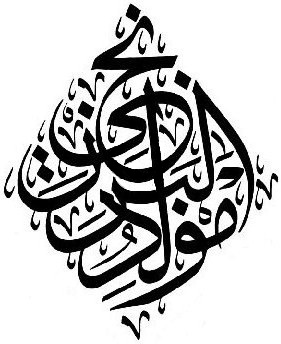
article
The Genre of the Mawlid Narrative in the mid-12th h./18th Century as Exemplified by al-Barzanjī
- Antonio Cuciniello
Among the works of Arabic literature concerning the genre of Mawlid, certainly al-Barzanjī’s Mawlid is a text that has achieved great popularity and spread to large parts of the Islamic world. Inde...
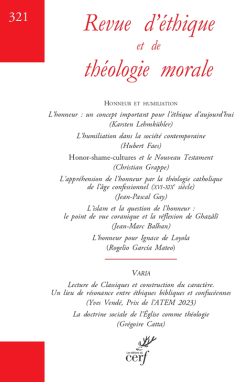
article
Islam and the question of honor: the Quranic point of view and Ghazali’s reflection
- Jean-Marc Balhan
Honor is a theme of reflection present in Islam, both in its sources and in its "legal", moral, and spiritual reflection. The Quran operates a moral and religious revolution by making man's positio...
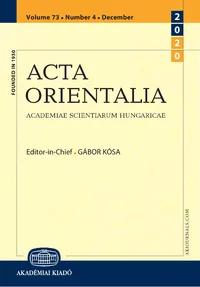
article
The Guide, Pivot of Creation: The Sources of Shi’i Gnosis
- Mohammad Ali Amir-Moezzi
The aim of the article is to explore the relationship between cosmo-anthropogony and Imamology in Shi'ism through its earliest sources in the corpus of pre-Buyid hadiths. It shows that the figure o...

publication
Is God a Lawgiver? Christian and Muslim Perspectives on Ius divinum
- Timo Güzelmansur
- Tobias Specker
Law that invokes divine appointment or other religious justifications is repeatedly the focus of general attention in Germany. Beyond the concrete religious legal provisions, there is a reflection ...
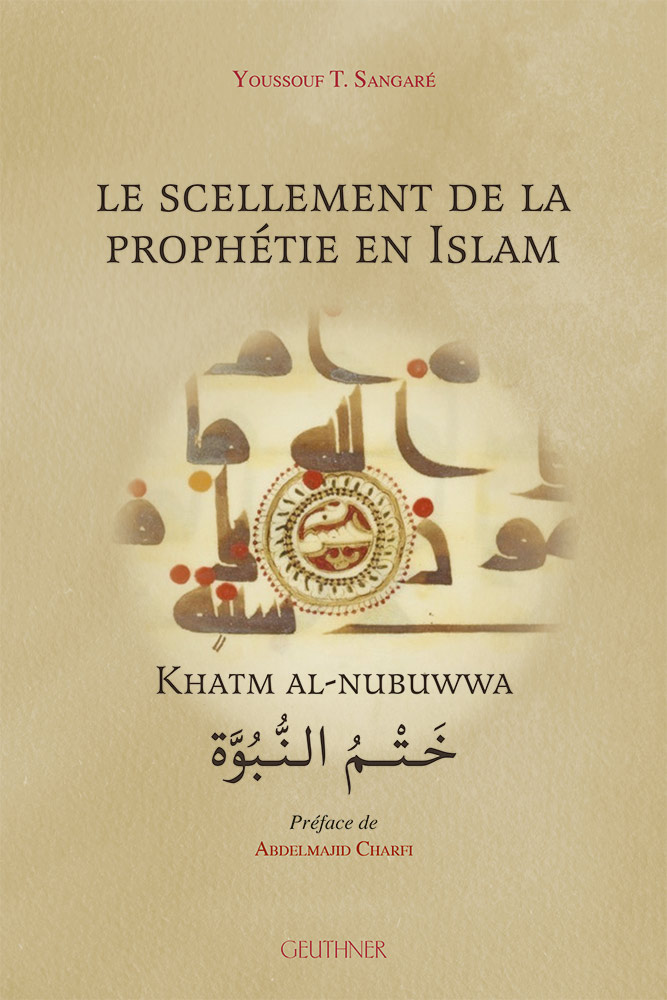
publication
The sealing of prophethood in Islam
- Youssouf Sangare
The notion of khatm al-nubuwwa, as the end of prophethood, has emerged as a fundamental theological doctrine in Islam. From the death of Muḥammad in 632, it was at the heart of multiple controversi...
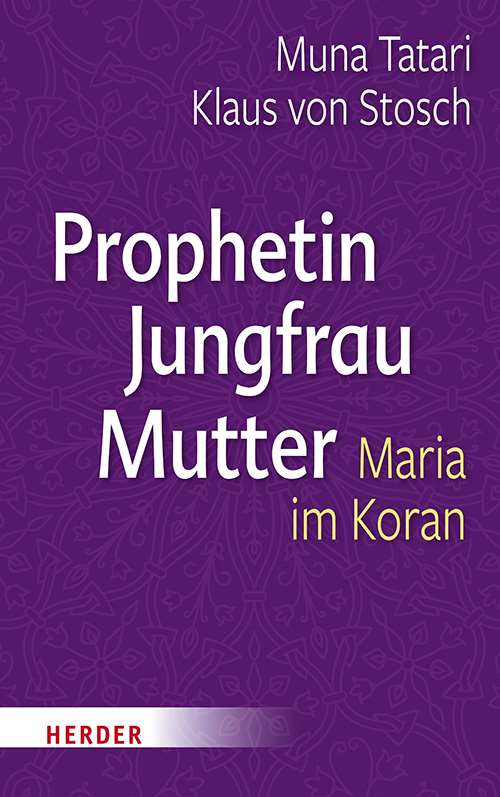
publication
Prophetess – Virgin – Mother. Mary in the Koran
- Muna Tatari
- Klaus von Stosch
Mary - Bridge Figure between Christianity and Islam An entire sura bears her name. She is the only woman the Koran mentions by name - more often than Muhammad or Jesus. Until today, the esteem i...

article
The Khatim an-Nabiyyin (The Seal of the Prophets) and Its Inclusive Abrahamic Perspective: Muhammad and ‘Isa ibn Maryam in Dialogue
- Marco Demichelis
Abstract “Muhammad is not the father of any one of your men; he is God’s messenger and the Seal of the Prophets: God knows everything.” (33:40). The deconstruction of the concept of “the Seal of...


 Download PDF
Download PDF

